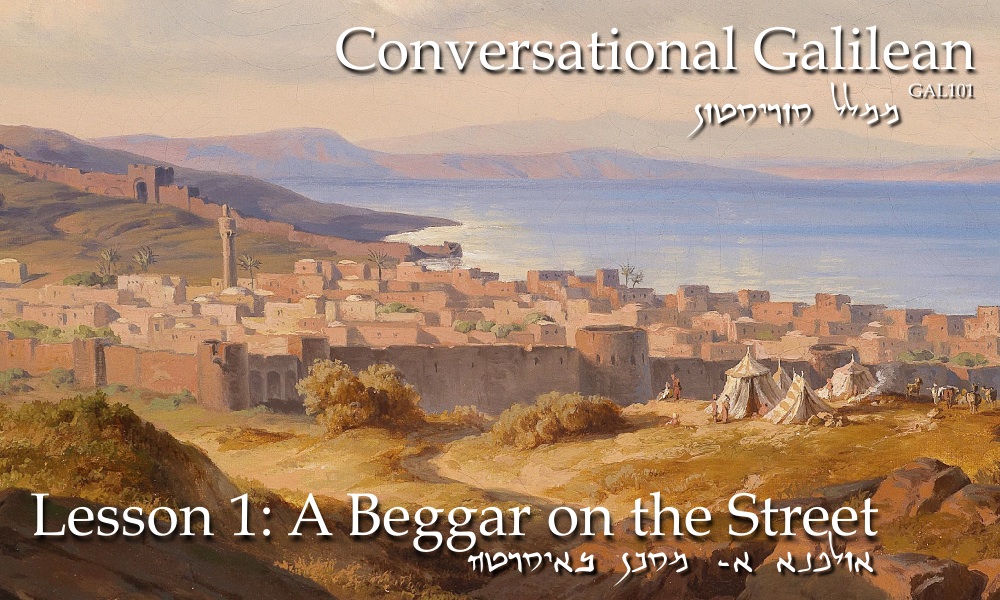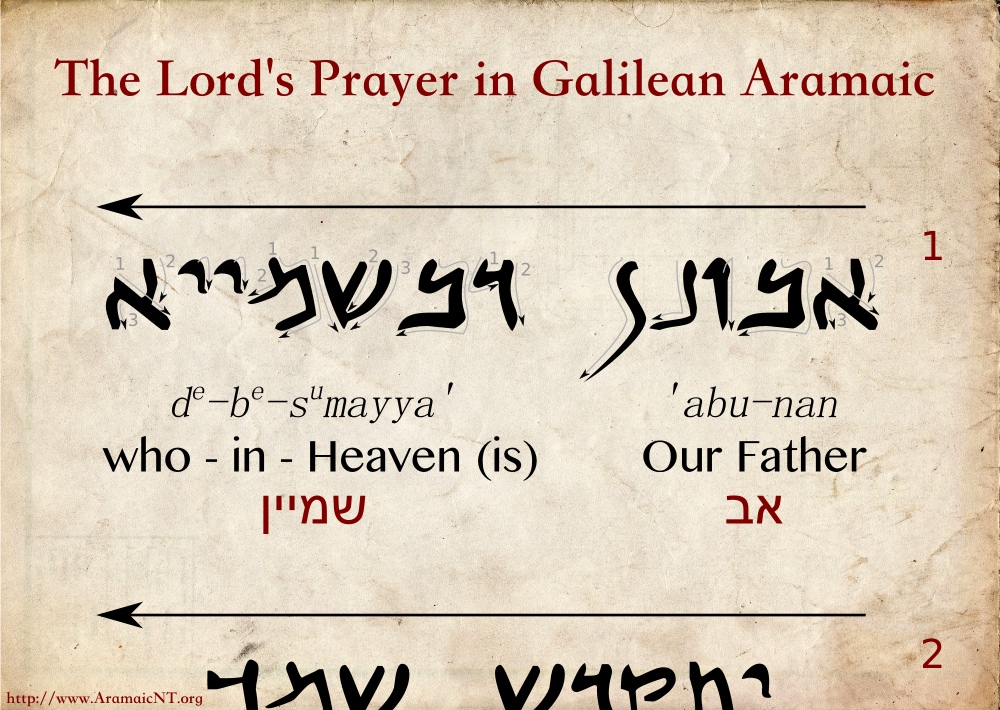 An impromptu Galilean lesson, compliments of the the translator’s daughter’s curiosity.
An impromptu Galilean lesson, compliments of the the translator’s daughter’s curiosity.
Site Supporters instantly get to see the actual Aramaic text and hear how it sounds.
Please consider becoming a Supporter.
My eldest daughter came to me before going to bed and asked me for a cup of peach tea. As it was late, I told her she could have it en at mash‘khah l-mimar leh b-suriston (“if you can say it in Galilean”).
She looked at me and said, “How?”
I said, “Well the word I use for ‘tea’ is tey.” Out of the entire corpus of the Aramaic language, there are no attested words for “tea” in classical dialects. Even those that were known to travel all the way through China (like Syriac) have no record of the drink in writing. As a result I had to half-borrow from younger dialects. In Neo-Aramaic, it’s either ti, or less-frequently in those dialects that have the consonant “ch” (as in “church”) it’s cha (directly from the Chinese, 茶 chá). “Ch” however, does not occur in classical dialects, nor does it occur in Galilean, so ti (or in my borrowing tey) it was.
She then asked, “What about ‘peach’?”
To that I could only reply, “Good question. Let’s find out.”
The wonderful thing about teaching a language to a child is that it tests your vocabulary. As a translator of classical dialects, there are a number of different things that I come across daily that I am familiar with. Biblical terminology, things you’d find in rabbinic literature or the letters of ancient Aramaean kings, and some rather odd-ball vocabulary due to strange requests from customers for tattoos… However, very often, rather mundane things — like the names of common fruits and vegetables — can easily slip by. “Peach” was one of them. I simply have never had to ask for a peach in Aramaic. English? Yes. French? A few times. But never in Galilean.
After a brisk search, I came across a reference in Talmud Yerushalemi (the Palestinian Talmud): persiqah, a loan from the Greek word περσικόν /persikon/. Who knew? 🙂
So now, how to put it all together?
When asking a man:
Hab li tey d-persiqah, b-ba`u?
“Give me some peach tea, please?”
When asking a woman:
Habi li tey d-persiqah, b-ba`u?
“Give me some peach tea, please?”
And here are a few other phrases that can help you along, too:
Tey d-persiqah
“Peach tea”
Tey ukam
“Black tea”
Tey yaraq
“Green tea”
Tey hamim
“Hot tea”
Tey çanin
“Cold/iced tea”
Tey qarir
also “Cold/iced tea”
Tey `em h‘lab
“Tea with milk”
Tey `em basim
“Tea with sugar/sweetener”
Tey `em d’besh
“Tea with honey”
Teyya hamim sagin.
“The tea is very hot.”
Shri teyya miçon, b-ba`u.
“Please let the tea cool down.”
(to a man)
Shrai teyya miçon, b-ba`u.
“Please let the tea cool down.”
(to a woman)
Peace,
-Steve


